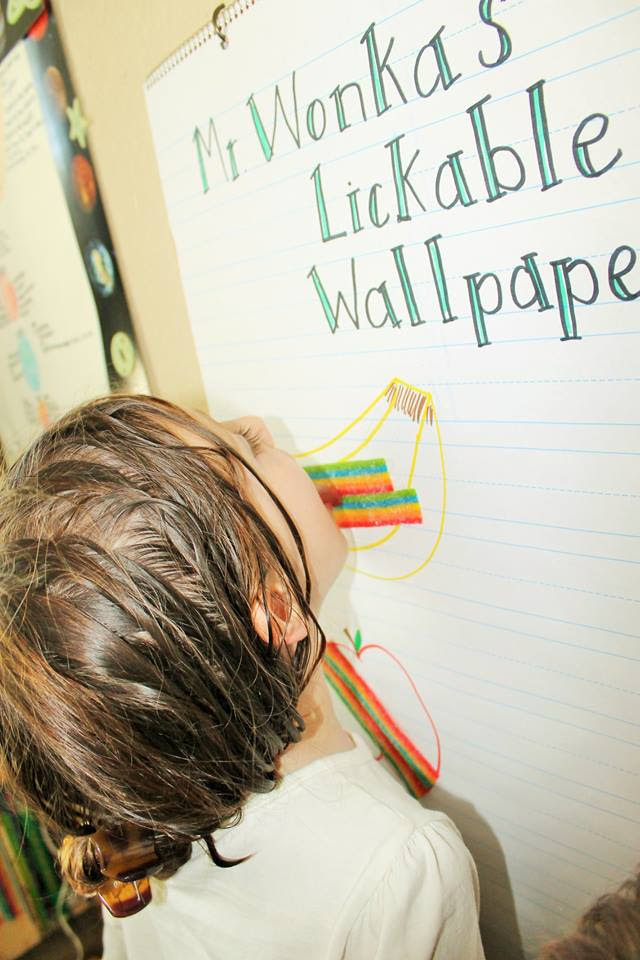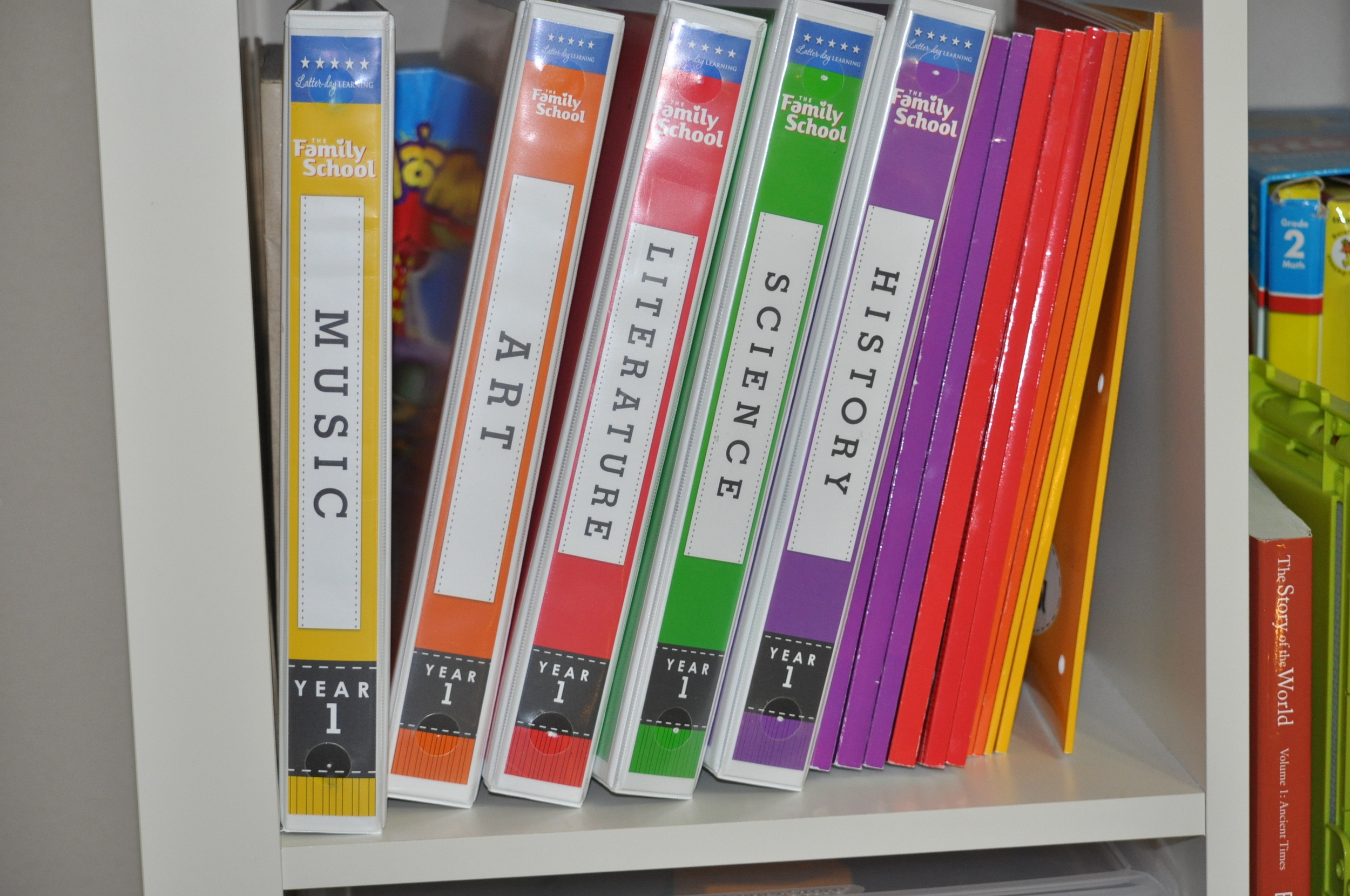By: Tammy Ward
Having a hard time as a homeschool mama? You've already received revelation on the matter. You know it is what you are supposed to do. Yet, you are still having a tough go of it. I get it. Have you ever had one of those days, weeks, months or seasons when you felt like you could not possibly continue on? If not, let me tell ya, it's not a lot of fun. I have had some doozies, believe me. Here are some "go to's" that have helped me for all you mamas who are seeking to be Christ centered and to find relief in the midst of homeschooling trials.
Pour it out.
That's right.
Pour it out.
Go somewhere semi-quiet and private. Fall down on your knees and give it all to Him. I am not going to pretend that I understand all the workings of the Atonement. But, I DO know it covers so much more than sin. It is incomprehensible to me that Jesus Christ, who lived so long ago could understand what me, a mother living in the last days could possibly be going through. Yet, I testify to you that He does understand. It goes far deeper than that, my friends. He doesn't just understand; he has already taken those burdens upon Him and paid the price for them. ALL YOU HAVE TO DO IS GIVE THEM TO HIM. He is just waiting for you to ask.
Remember the picture with Christ standing at the door with no door knob? That is such a powerful visual for me. It is TRUTH. Ask Him for help and He will help you. He will and I know He will because He has done that for me time and time again.
Take about an hour once a month and make a list of the continued and/or additional reasons why you are homeschooling. As your list lengthens, your resolve strengthens. The basics will come to you in the first 30 minutes but the real heart tugs will appear after that. Include everything! You will be surprised at how much this list, reflected upon during trying times, can help you.
Powerful Truths That Have Helped Me Along My Path:
I am a cherished, beloved daughter of the Most High God. He knows who I am and He loves me, regardless of what I have done or what has been done to me. He has a very important work for me to do. He trusts me, ME! I am worthy of God's love and I'm able to receive God's love. I know without a shadow of doubt that my ancestors are watching over me, waiting for the opportunity to help. God hears every prayer, knows every thought and understands the deepest desires of my heart. The following quote is taken from lds.org, I feel prompted to share it here with you.
"Revelation is communication from God to His children. This guidance comes through various channels according to the needs and circumstances of individuals, families, and the Church as a whole .... According to our faithfulness, we can receive revelation to help us with our specific personal needs, responsibilities, and questions and to help us strengthen our testimony. The scriptures tell of different types of revelation, such as visions, dreams, and visitations by angels. Through such channels, the Lord has restored His gospel in the latter days and revealed many truths. However, most revelations to leaders and members of the Church come through the whisperings of the Holy Ghost. Quiet spiritual promptings may not seem as spectacular as visions or angelic visitations, but they are just as powerful and lasting and life changing. The witness of the Holy Ghost makes an impression on the soul that is more significant than anything we can see or hear. Through such revelations, we will receive lasting strength to stay true to the gospel and help others do the same.
The following counsel will help us prepare to receive promptings from the Holy Ghost: Pray for guidance. The Lord said, 'Ask, and it shall be given you; seek, and ye shall find; knock, and it shall be opened unto you: for every one that asketh receiveth; and he that seeketh findeth; and to him that knocketh it shall be opened' (Matthew 7:7-8). In order to find and receive, we must seek and ask."
One of the best tips I've ever been given is when you are waking up in the morning to begin with a prayer and ask specifically for:
- a) Protection from the adversary. We are in a literal spiritual war. Why not ask for protection, EVERY DAY?
- b) Revelation for each child that day. Take a notebook and a pencil and as you go through each child's name, write down promptings as they come to you. It could be something as simple as an extra hug, a note, that they need more physical exercise, a friend, etc.
I am feeling so blessed for Heavenly Father's blessings of trials. There is opposition in all things. My faith is strengthened, my bond with Him even closer, my desire to serve Him magnified. It is amazing to me that He loves me, even me. I testify He loves you, even you. His extraordinary love for us does not change because of what we have done or what has been done to us. He loves us all, every one.
Tammy Ward is the organizer for the Winter Homeschool Conference in Ogden, UT in January. She also hosts the Future Mother's Camp, a camp for homeschooling girls each June. Some of her other favorite events are the MDR, Mother Daughter Retreat as well as many other events. Check out her most recent event, Energy Healing Conference.
She enjoys staying home with her (almost 8) children that range from 15 on down. She loves helping support all homeschooling parents everywhere. Feel free to "friend" her on FB at 'TammynCasey Ward' where she frequently offers tips and support for homeschooling.





























